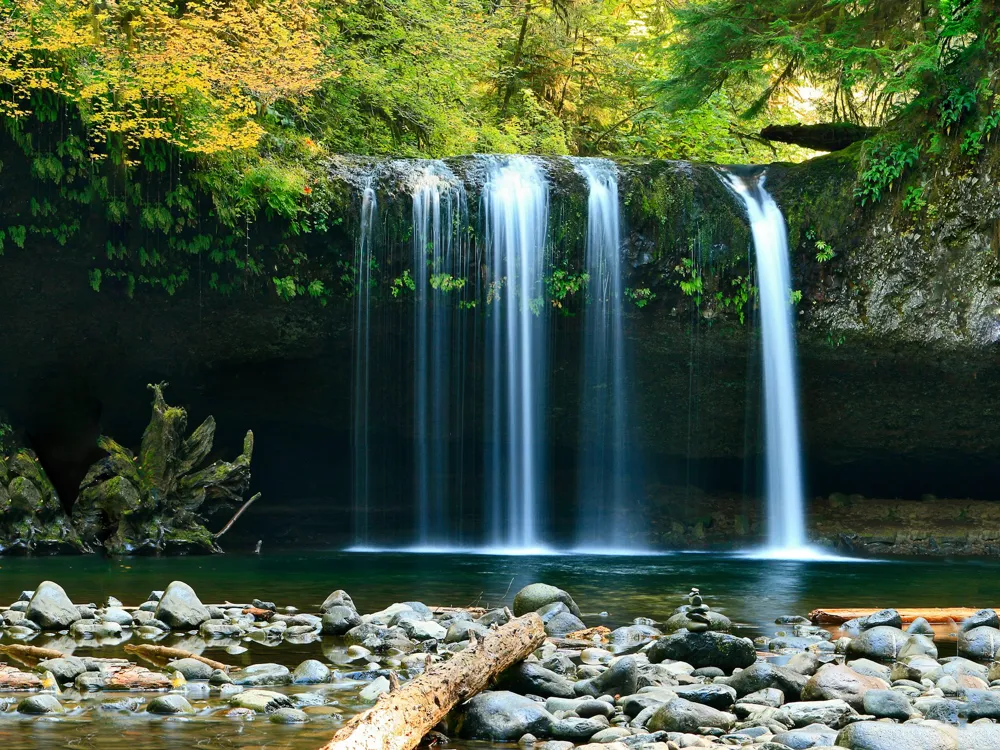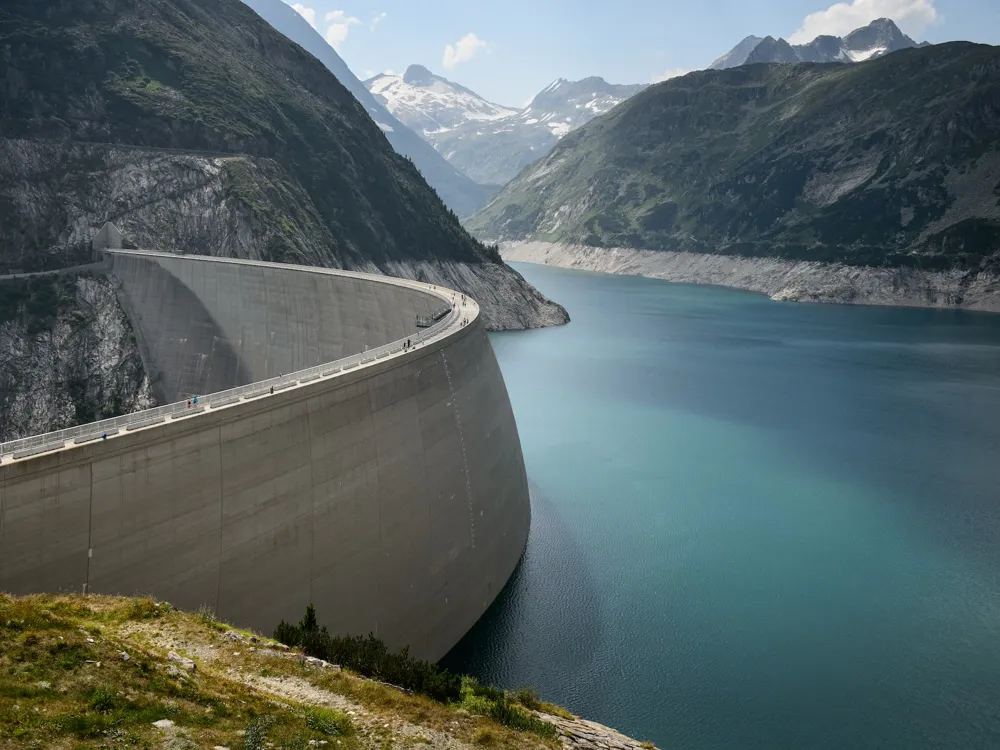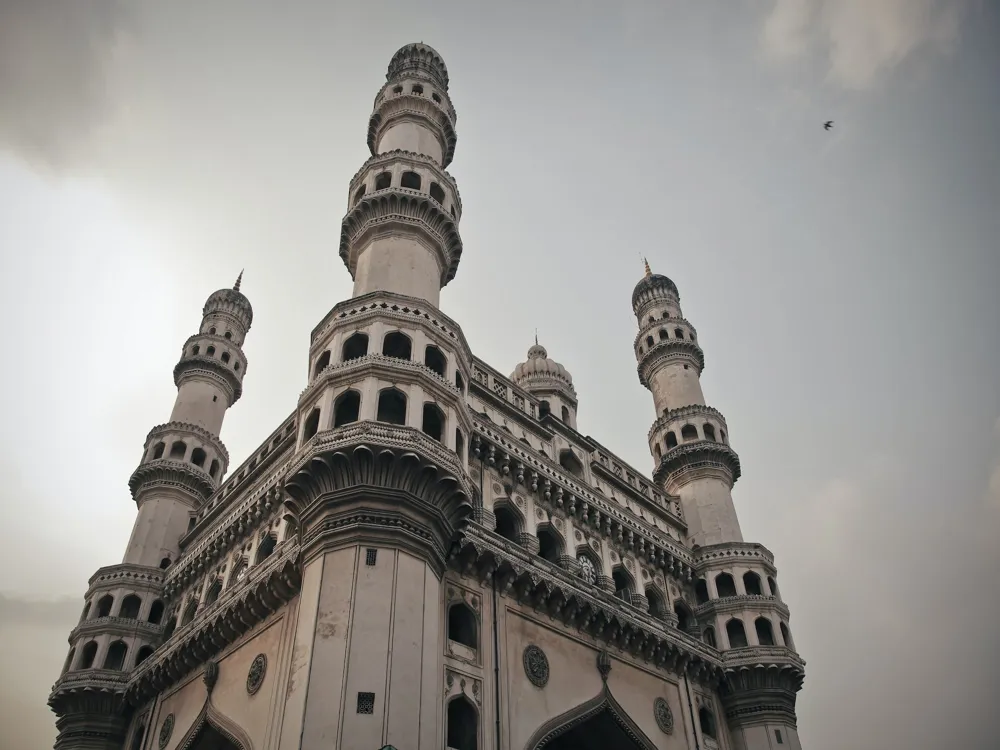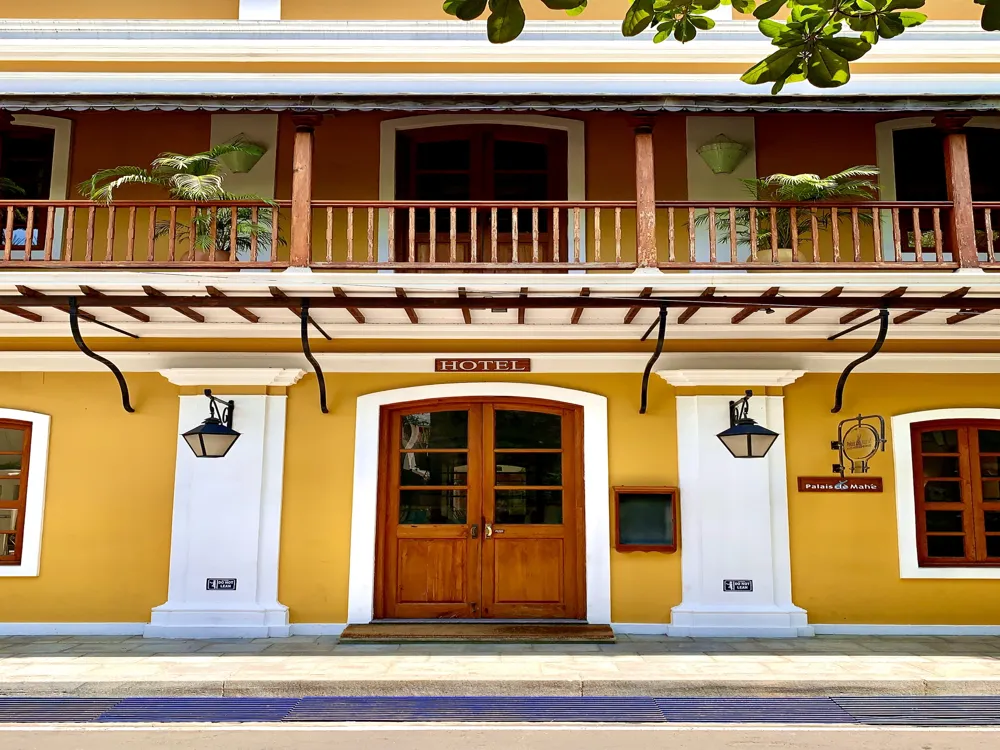The Nagarjunasagar Dam, located in Nagarjunsagar, Telangana, is a marvel of modern engineering and an embodiment of human ingenuity. Built across the Krishna River, this dam is not only a significant source of water for irrigation and other purposes but also a historical and architectural landmark. The region surrounding the dam, rich in history, traces back to ancient civilizations, adding a layer of cultural significance to this magnificent structure. Conceived as part of the larger Nagarjunasagar Project, the construction of the dam began in the late 1950s and was completed in the 1960s. It stands as one of the earliest multi-purpose irrigation and hydro-electric projects in India, symbolizing the nation's developmental aspirations in the post-independence era. The reservoir created by the dam, known as the Nagarjuna Sagar Lake, is one of the largest man-made lakes in the world, encapsulating the dam's grandeur and functional significance. The Nagarjunasagar Dam plays a crucial role in the region's economy, supporting agriculture, providing water for drinking and industrial use, and generating hydroelectric power. Its contribution to the agricultural sector is particularly noteworthy, as it transformed the arid and drought-prone areas of Andhra Pradesh and Telangana into fertile agricultural lands. The dam's impact extends beyond its immediate vicinity, influencing the lives and livelihoods of millions in the region. Beyond its economic and functional importance, the dam is a popular tourist destination. Visitors are drawn to its majestic presence and the serene beauty of the surrounding landscapes. The viewpoint at the dam offers breathtaking views of the massive reservoir and the lush greenery, making it a photographer's paradise. The historical significance of the area, with ancient Buddhist relics and the Nagarjunakonda Island museum nearby, further enhances the tourist experience, offering a glimpse into the region's rich cultural heritage. The architectural design of the Nagarjunasagar Dam is a testament to the advances in engineering and construction techniques of its time. Spanning a length of over 1.5 kilometers and standing at a height of approximately 124 meters, the dam's scale is awe-inspiring. The structure is a masonry dam, made primarily from solid blocks of stone and concrete, a choice that reflects the engineering challenges and material preferences of the era. The design of the dam incorporated state-of-the-art engineering principles to ensure its durability and efficiency. The dam features a unique curvature, a design aspect that adds to its structural integrity and ability to distribute the pressure of the water evenly. This curvature is not just a functional necessity but also adds to the aesthetic appeal of the dam, showcasing the blend of form and function. One of the most remarkable features of the Nagarjunasagar Dam is its intricate network of spillways and gates. The dam is equipped with multiple crest gates, designed to control the flow of water and manage the reservoir's water levels. These gates are engineering marvels in themselves, capable of handling massive volumes of water, especially during the monsoon season. The dam's construction was a mammoth task, involving the movement and placement of enormous quantities of concrete and stone. The building process was a meticulous operation, requiring precision and coordination. The use of local materials, combined with the employment of thousands of workers, underscores the dam's role in catalyzing regional development and showcasing India's construction capabilities in the mid-20th century. The ideal time to visit Nagarjunasagar Dam is between October and March. During these months, the weather is pleasant, making it comfortable to explore the area. The monsoon season, from June to September, sees the dam at its fullest, but heavy rains might hinder travel plans. While visiting the dam, it's important to adhere to safety guidelines. Stay within the designated tourist areas and follow the instructions of local authorities. The dam's surroundings can be slippery, so wear appropriate footwear and be cautious near the water's edge. There are various accommodation options near Nagarjunasagar Dam, ranging from budget stays to luxury resorts. Planning your stay in advance, especially during peak tourist seasons, is advisable to ensure availability. Nagarjunasagar Dam is well-connected and easily accessible from major cities in Telangana and Andhra Pradesh. The nearest city, Hyderabad, is about 150 kilometers away. Visitors can reach the dam by road, with frequent bus services from Hyderabad and other nearby towns. For those preferring to drive, the roads are well-maintained and offer scenic views of the countryside. The nearest railway station is located in Macherla, about 24 kilometers from the dam, providing an alternative for train travelers. Although there is no direct air connectivity to Nagarjunasagar, the nearest airport is in Hyderabad, from where one can take a taxi or bus to reach the dam. Read More:Overview of Nagarjunasagar Dam, Nagarjunsagar, Telangana
Architecture of Nagarjunasagar Dam
Tips When Visiting Nagarjunasagar Dam
Best Time to Visit
Safety Measures
Accommodation Options
How To Reach Nagarjunasagar Dam
Nagarjunasagar Dam
Nagarjunsagar
Telangana
NaN onwards
View nagarjunsagar Packages
Weather :
Label : Must Visit
Tags : Dam
Best Time to Visit : October to February
Entry Fee : INR 20 for Adults and INR 15 for Children
Perfect Spot For : Picnic
Ideal Duration : 2 -3 Hours
Activities : Boating
Boating Timings : All Days Except Fridays - 9:00 AM, 11:30 AM and 01:30 PM.
Built Across : River Krishna
Planning a Trip? Ask Your Question
Nagarjunsagar Travel Packages
View All Packages For Nagarjunsagar
Top Hotel Collections for Nagarjunsagar

Private Pool

Luxury Hotels

5-Star Hotels

Pet Friendly
Top Hotels Near Nagarjunsagar
Other Top Ranking Places In Nagarjunsagar
View All Places To Visit In nagarjunsagar
View nagarjunsagar Packages
Weather :
Label : Must Visit
Tags : Dam
Best Time to Visit : October to February
Entry Fee : INR 20 for Adults and INR 15 for Children
Perfect Spot For : Picnic
Ideal Duration : 2 -3 Hours
Activities : Boating
Boating Timings : All Days Except Fridays - 9:00 AM, 11:30 AM and 01:30 PM.
Built Across : River Krishna
Planning a Trip? Ask Your Question
Nagarjunsagar Travel Packages
View All Packages For Nagarjunsagar
Top Hotel Collections for Nagarjunsagar

Private Pool

Luxury Hotels

5-Star Hotels

Pet Friendly



















